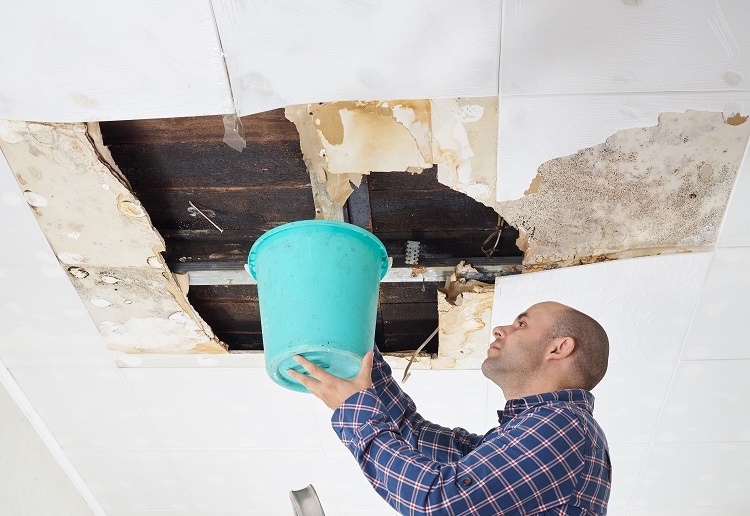Property damage caused by escaping water is one of the most common types of insurance claims.
The Association of British Insurers estimates that insurers pay out around £1.8 million per day for water damage claims in peoples’ homes. Within business premises, the effects of water damage can be more complex and costly if work is brought to a standstill as a result of damage to the building, computers, business equipment, furniture, fittings or stock. The potential clean up operation can also add to the business interruption.
In the guidance below, our insurer partner QBE highlights a number of causes for water damage in businesses, and the steps businesses can take to prevent this damage.
In multi-storey or multi-occupancy buildings such as office blocks, retail outlets and hospitals, the risk of something going wrong can be multiplied due to the number of water outlets throughout the building, such as toilets, sinks, showers, and air conditioning systems.
Typical cause of water damage
There can be many causes of a leak – from changes in temperature or water pressure, general wear and tear, or poor workmanship.
Water damage incidents typically involve the following:
- Blocked toilets, sinks and drains
- Burst pipes, often below ground or in the screed level of floors
- Radiators and heating system leaks
- Air conditioning system leaks
- Water tank faults, including ballcock valves that don’t fully close off
- Leaking shower cubicle trays, baths, basins and taps
- Leaking pipe joints and connectors on washing machines, dishwashers and water softeners
- Faulty sprinkler systems due to leaking fittings or damaged sprinkler heads
Many modern buildings will have plumbing pipework concealed behind walls, so with water leaking unseen it can take days, weeks or longer for a problem to make itself known. This usually appears as damp patches, black mould and, in the worst cases, fungi growth.
What steps can businesses take to minimise the risk of escaping water?
- Always make sure that any work is carried out by competent, certified contractors.
- Adopt a programme of carrying out periodic checks on pipe joints, seals and overflows on toilets, sinks, tanks and showers and other water outlets.
- Report any small leaks before they turn into a bigger problem.
- Cold weather can lead to frozen and burst pipes, so check that pipes and water tanks that may be exposed to colder temperatures have sufficient lagging.
- Consider installing a leak detection system, which will monitor use of water throughout the property, raising an alarm to the occupant or remotely. The alarm can also be used to shut off the water if it detects any unusual activity.
- Educate staff and customers about what not to put down drains and toilets. Cooking fats, oils, baby wipes, nappies and sanitary products can all cause blockages.
- If the presence of a leak is suspected, infra-red thermographic inspections can be used to detect evidence of warm liquid escapes as bright patches and cold liquid escapes as dark patches.
Finally, a reminder that if you have an incident and need to make an insurance claim, it’s important that you report it as soon as possible, ideally the same day.
For more information about the different commercial property insurance covers available please click here or contact a Real Insurance specialist on 0330 058 0260 who can provide advice specific to your business.
Source: QBE



